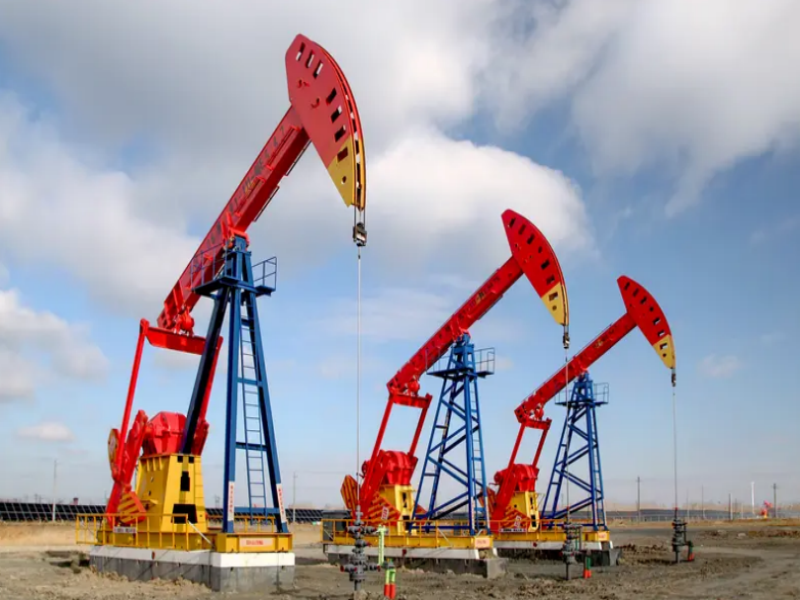Today, Dongsheng will explain which pump is best for pumping crude oil. Please follow us for a closer look.
Before understanding which pump is best for pumping crude oil, we need to understand what crude oil is. This will help us better understand the explanation.
Unprocessed petroleum is generally referred to as crude oil. This type of crude oil is typically dark brown with a greenish fluorescence. It also emits a strong, distinctive odor and has a certain viscosity. It is a mixture of various liquid hydrocarbons, including alkanes, cycloalkanes, aromatics, and alkenes.
Because crude oil contains a high amount of gas, using a conventional pump can cause cavitation. This is undesirable. Therefore, a pump that can pump crude oil without cavitation is required. So, which pumps are safe from cavitation when pumping crude oil? There are many types of pumps, including insert rod pumps, pneumatic crude oil pumps, cam rotor crude oil pumps, gas-liquid mixing self-priming crude oil pumps, gear crude oil pumps, and more. To help you understand which pumps are best for pumping crude oil, Dongsheng will use the insert rod pump as a specific example.

The main advantages of using an insert rod pump for oil pumping are as follows:
1. Easy Maintenance:
The pump barrel of an insert rod pump is fixed within the tubing. Parts such as the plunger can be removed for repair or replacement using the pump rod, without having to remove the entire tubing. This rapid on-site replacement shortens wellhead operation time and reduces production losses caused by well downtime.
2. Lower Cost:
Because the tubing doesn't need to be frequently removed, significant labor, equipment rental, and operating costs associated with tubing removal are saved. It is suitable for wells with high maintenance requirements, such as those with high sand content and rapid wear.
3. High Adaptability:
The insert rod pump is particularly suitable for medium- and shallow-water wells and wells with high maintenance frequency.
As well conditions change, pump elements of different structures or materials can be quickly replaced to accommodate varying crude oil viscosities, gas content, and sand content.
4. High Safety:
Wellhead operations are less risky because frequent tubing removal is unnecessary, reducing the chance of accidents.
5. Improved Equipment Utilization:
Due to reduced maintenance time, the insert rod pump can resume production more quickly, thereby improving overall well opening time and equipment utilization.
In short, choosing the right oil well pump not only effectively avoids cavitation problems but also reduces maintenance costs while maintaining production. Dongsheng always focuses on the actual needs of oilfield users. From pump design and material selection to production and after-sales service, every step of the way strives to provide customers with stable, efficient, and durable solutions.
If you encounter difficulties with equipment selection or maintenance during crude oil extraction, please feel free to contact us. We will provide you with the most suitable pump model based on your on-site conditions, ensuring more worry-free and efficient production.

